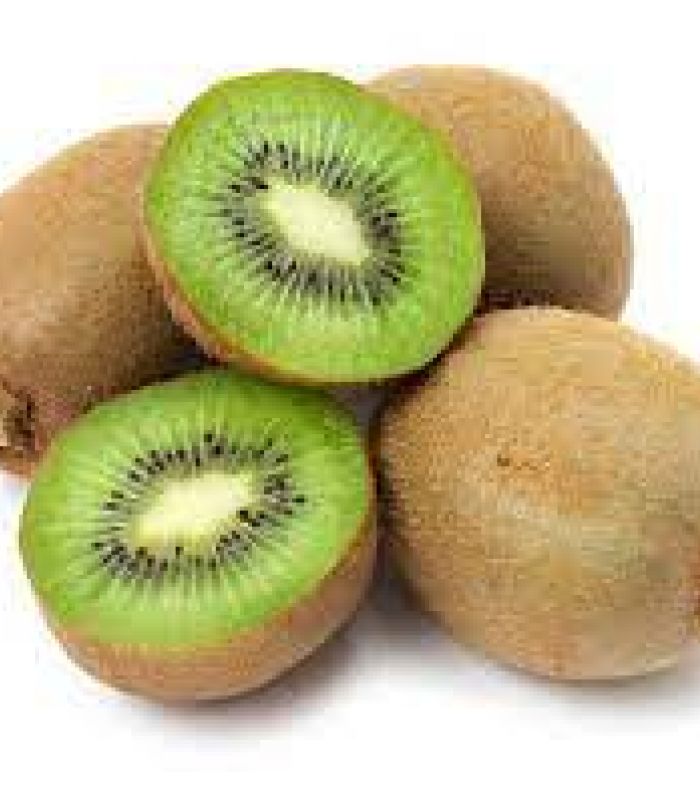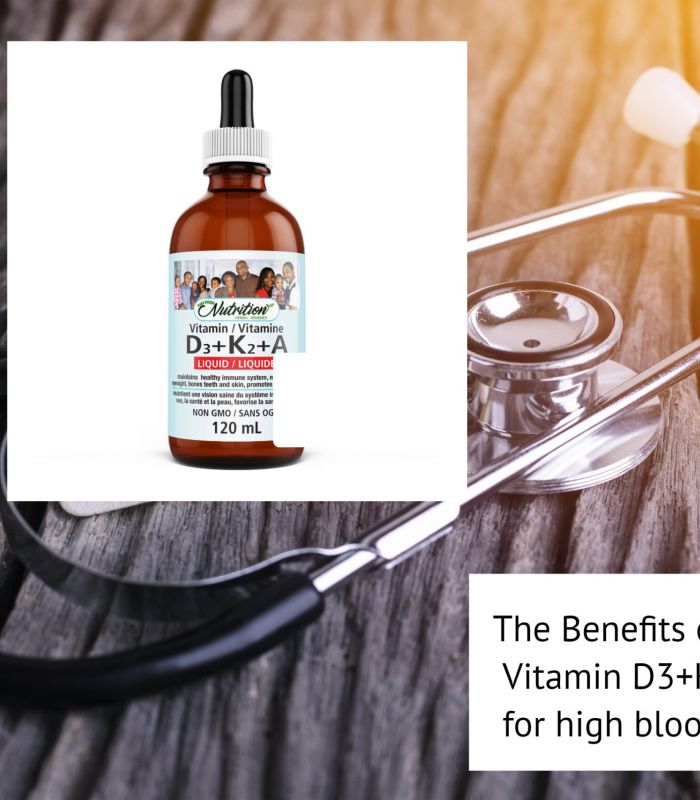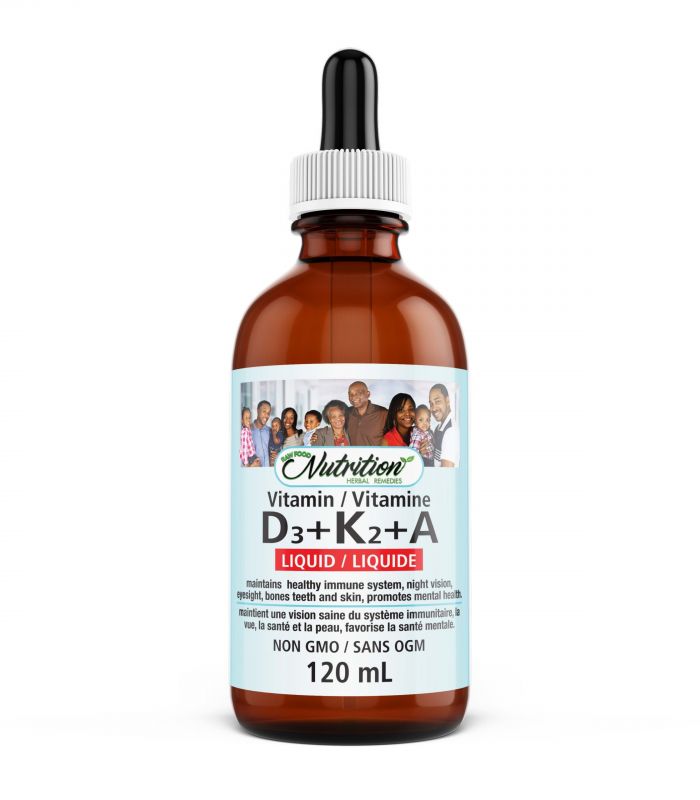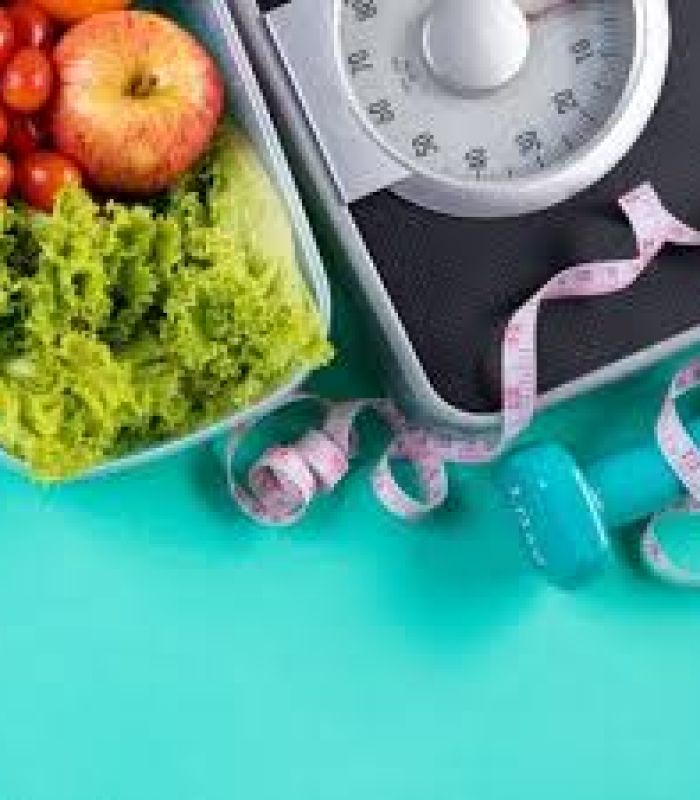Common Questions About Fruits and Vegetables
Common Questions About Fruits and Vegetables

Common Questions About Fruits and Vegetables
You’ve heard the nutrition prescriptions: “Aim for 5-A-Day” and “Eat a Rainbow.” Few would argue that fruits and vegetables offer health benefits, including reducing the risk of some chronic diseases. But maybe you’ve hesitated to fill your grocery cart with colorful produce because of concerns that pop up in online articles and discussions. Here’s a look at some commonly asked questions about fruits and vegetables, and what the current research says:
“Is fruit bad for me because it contains sugar?”
Sugar gets such a bad rap in the popular press that some people hesitate to eat foods that contain natural sugars, especially fruit. There’s plenty of research exposing the detrimental health effects of eating too much added sugar, but less so with natural sugars. Overall, fruit intake is associated with a lower risk of cardiovascular disease, high blood pressure, and type 2 diabetes.
Another confusing point is that some fruits like watermelon and grapes have a high glycemic index, a tool that measures how quickly a food increases blood sugar. But more accurate than the glycemic index is the glycemic load, which factors the amount of carbohydrate per serving of a food and to what degree it will raise a person’s blood glucose level after eating it. Because watermelon and grapes are fairly low in carbohydrate, their glycemic load is low. In general, most whole fresh or frozen fruits have a relatively low glycemic load.
Furthermore, whole fruits have a built-in stoplight. They are more naturally satisfying, whereas highly processed foods with added sweeteners tend to be easy-to-digest and are therefore easy to overeat! Imagine how quickly one can gulp down a standard 12-ounce can of cola that contains 40 grams of processed sugar. Now think about how long it takes to chew through an apple that contains about 13 grams of natural sugar in addition to various fibers, vitamins, antioxidants, and water. The apple takes longer to eat and is more satiating, so you are less likely to reach for another.
The takeaway: Fruits contain natural sugar and many other beneficial nutrients, so they are a healthful addition to a daily diet.
“Are canned and frozen fruits and vegetables lower in nutrients?”
The answer is, it all depends—on the type of produce, the type of processing, and which nutrients. In general, fresh produce picked at peak maturity offers the highest amount of vitamins and minerals and tastes the best, but soon after harvest these nutrients degrade. It can take 1-2 weeks for produce to be transported from farms to supermarkets and then purchased by the consumer. Several more days may pass before you actually eat it. Part of the nutrient losses occur with moisture loss if water-rich produce sits at room temperature. Estimates show that at room temperature, fresh peas lose about 50% of vitamin C in one week, and fresh spinach can lose 100% of the vitamin in less than 4 days. (1)
Refrigeration can slow degradation, but even so, certain highly perishable fruits like berries only last about a week before visible changes in color, texture, and flavor set in. Apples, pears, and squashes are less sensitive and can last for 1-2 months with refrigeration.
For longer storage, canning and freezing can preserve nutrients more effectively than refrigeration. Initially some nutrients are lost during processing. For example, canning uses heat treatment or other methods to destroy bacteria, followed by storage in a liquid medium in an airtight container; freezing entails a prior step of blanching the produce quickly to deactivate enzymes that speed ripening. In both cases, some water-soluble vitamins like C and B may be destroyed or leached into the cooking or storage liquid.
Asparagus loses about 30% of vitamin C during canning but only 10% after blanching and freezing. Generally, the freezing process averages about 50% loss of vitamin C (range 10-90%), and canning treatment causes average losses greater than 60% (range 8-90%). (1) The ranges are wide depending on the exact processing treatment, storage conditions, and type of produce. But regardless of losses during processing, some or many of the nutrients are retained, which upon storage are further preserved through protection from oxygen, heat, and light. Broccoli retains almost 100% of vitamin C after freezing.
Home cooking of fresh or processed produce will cause additional losses due to nutrients destroyed by heat or seeping into the cooking water. Microwave cooking and steaming as opposed to boiling and deep-frying preserves the most nutrients due to quicker cooking times and reduced contact with water.
The takeaway: Unless fruits and vegetables are eaten immediately after harvesting, there is going to be nutrient loss to some degree. Regardless of losses, fruits and vegetables remain a valuable source of a variety of nutrients. In certain cases, frozen or canned produce may contain higher levels of nutrients than fresh produce that has been stored for too long. To obtain the most nutrients, consume fresh produce within a few days, or frozen varieties within a few weeks. When choosing canned or frozen produce, select options that do not include extra sodium, sugar, or other additives.
“Are smoothies and juices just as good as eating whole fruits and vegetables?”
Smoothies and freshly squeezed juices are popular with both adults and kids. If you find it hard to chew through the several servings of fruits and veggies recommended daily for good health, you may be tempted to drink them instead. Are they just as healthy, you wonder?
If most or all of the whole fruit and/or vegetable is blended into the beverage (skin, pulp, and flesh), then the nutrients and fiber are preserved, making it nutritionally comparable to eating the ingredients in whole form. In some cases, these “smoothies” may offer high quality nutrition if very fresh produce is used. They may also be easier to digest in a blended texture. However, consuming these same foods in whole form will provide longer term satiety and make it easier to avoid excessive caloric intake. Also, don’t forget the other ingredients that are often added: milk, processed fruit juice, sweeteners, seeds, and protein powders can quickly drive caloric intake upwards of 700-800 calories per serving! Even if only whole produce is used, calories can still be high depending on how much is added (e.g., including several cups of fruits, or using bananas and avocados that are higher in calories).
Juice from extractors and bottled juices (even when labeled 100% fruit juice) lack fiber and some nutrients that are destroyed or removed during processing. Without fiber, they are quickly digested and not as satisfying, and may cause spikes in blood sugar, leaving one feeling hungry soon after drinking them. On a hot day, it is easy to drink several hundred calories in a large glass.
Not surprisingly, higher consumption of fruit juice has been associated with greater weight gain. (2) Also, a large prospective study found likely adverse effects from juice. Men and women who drank one or more servings of fruit juice each day experienced a higher risk of developing type 2 diabetes by as much as 21%. (3) Whereas eating at least two servings a week of certain whole fruits such as blueberries, grapes, and apples was associated with a lower risk for type 2 diabetes by as much as 23% when compared with those who ate less than one serving per month.
The takeaway: Whole fruits and vegetables are the best choice. Smoothies that blend whole fruits and vegetables without additional sweeteners and are served in appropriate portions may be helpful for some people to consume more of these foods, but should not replace eating them in their whole form. It is best to prepare smoothies at home so that you can control the type and amount of ingredients added to ensure calorie control and optimal nutrients. Juices are easy to over-consume and, especially if weight control is a concern, should be limited to one small glass per day.
Related Health Stories
How To Lower Your Cholesterol
Health Coaching
Foods That Dissolve Blood Clots
Common Questions About Fruits and Vegetables
THESE TINY LITTLE SEEDS making BIG news
Anti-Inflammatory Pineapple Smoothie
Lung Mixture
Blueberries
BLOOD PRESSURE READINGS
Latest Stories
-

Natural Remedies for Foot Fungus
January 2, 2017Read more -

Lifestyle Transitioning
March 22, 2017Read more -

Kiwi Fruit – Good for Anemia
April 5, 2017Read more -

Fagonia cretica / dhanvyaas
April 5, 2017Read more -

Understanding Breast Cancer
April 10, 2017Read more -

Role of Chemotherapy – The Pain of Cancer
April 10, 2017Read more -

The benefits of vitamin D3+ K2+A for patients with high blood pressure
April 10, 2017Read more -

Vitamin D and people of colour
April 10, 2017Read more -

GUIDE TO: Weight Loss & Maintenance
April 10, 2017Read more -

What’s the real point of eating?
April 10, 2017Read more
-
Free Recipes e-Book
-
Orders & Shipping
-
Exchanges & Returns
We specialize in rawfood and rawfood preparation, herbs and herbal formulas, specialty oils, vitamins and natural treatment programs that is proven to work.









